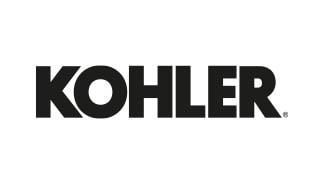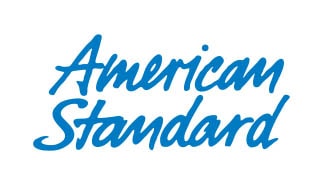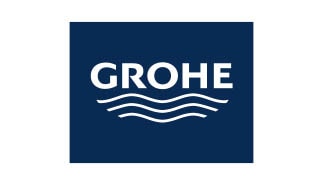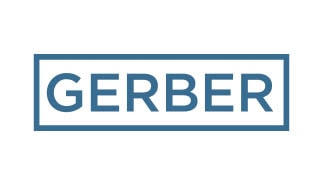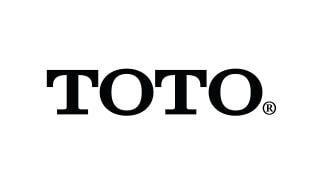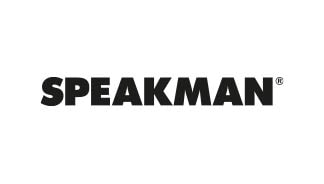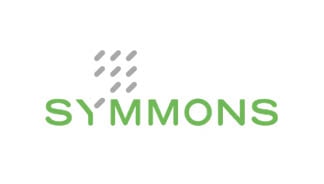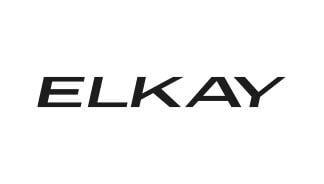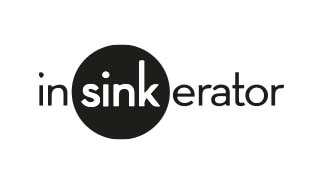Published on
March 28th, 2024How Do Fire Sprinklers Work?
Fire sprinklers are individual components in the fire suppression system. Arguably, they are the most essential elements of the system because they trigger the water response. Many people don’t realize how critical these components are in preventing property damage and saving lives.
How do fire sprinklers work to prevent damage? Are the devices really necessary for reducing fire loss? Besides being a legal requirement in properties, fire sprinklers benefit property owners in multiple ways. It is worthwhile for a property owner to understand how these elements work and why they are so valuable.
How Fire Sprinklers Work: A Simple Process
1. Heat Triggers the Sprinkler Head
Each sprinkler head reacts to heat directly above the individual unit. Every head has a temperature threshold that prevents unnecessary activation or premature water delivery. The typical activation temperature is 135 to 170 degrees Fahrenheit, which is significantly higher than average daily temperatures.
The triggering mechanism depends on your fire suppression system. A sprinkler head can have a glass bulb or a fusible link as a trigger point. The glass bulb heads are more common and offer more aesthetic appeal. They use a small, sealed glass vial containing a glycerin-based liquid that expands rapidly when heated. Expansion of the liquid causes the glass vial to shatter, eliminating the barrier holding back the water.
The less common fusible link sprinkler heads have a more industrial look with limited finish options. These devices rely on a metal alloy link. The alloy melts at a specific temperature range, breaking the link and releasing the plug, freeing the water outlet.
2. Water Valve Opens for Distribution
The melting or shattering of the heat-sensitive element creates the simultaneous release of pressurized water. The water valve, previously held closed by the sprinkler head’s seal, opens fully and immediately.
Meticulous engineering is how fire sprinklers work. The design ensures a specific flow rate at a given sustainable pressure. Directly beneath the sprinkler head is a deflector that ensures water disperses over the area, targeting the fire source and its surroundings.
The strong water pressure combined with the deflector allows for adequate fuel saturation, soaking potential fuel sources — furniture, carpet, drapes, etc. — and making them harder to ignite. The spray also cools the immediate area, lessening the risk of heat-related structural damage.
Finally, the opening of the water valve and its immediate and forceful disruption can reduce the fire and limit its spread. The pressure from the sprinkler heads in fire-affected areas knocks down flames and disrupts combustion.
3. Supply and The Piping System
A fire suppression system uses a series of pipes directly connected to municipal water lines or dedicated water tanks to ensure an adequate water supply. Some systems may require fire pumps to ensure proper pressure throughout the lines.
Contributing to how fire sprinklers work, your building likely has three types of control valves: main riser, zone control, and inspector test valves. The main riser valve controls the entire water supply to the system. Zone control valves divide the system into sections, allowing for targeted water flow. Finally, the inspector test valve provides an access point for the inspector to test water flow and monitor specific sections of the system.
Beyond the valves, you have the pipes themselves. Historically, fire suppression pipes were steel, but now it is more common to find other materials, like CPVC. The sizing of the pipes matters because it plays directly into flow and pressure measurements, ensuring proper and ongoing fire suppression support.
Pervasive Myths About Fire How Fire Sprinklers Work
1. All Sprinklers Activate at Once
Many property owners worry about the damage risks associated with fire sprinklers, especially with the persistent myth that all fire sprinklers activate simultaneously. In a typical system, only the sprinkler heads directly exposed to the heat of the fire activate. Therefore, a standard fire suppression system restricts any potential damage to only fire and extreme heat-affected areas of the building.
Hollywood is the primary culprit of this myth, often depicting entire sprinkler systems going off simultaneously. The misrepresentation creates a false impression in the public mindset, making property owners reluctant, though legally obligated, to install and maintain the systems.
While most systems do not allow a simultaneous release throughout the system, the deluge system is a unique exception. Deluge fire suppression systems simultaneously release water or chemicals from all sprinkler heads, but these systems rarely appear in apartments and most commercial buildings. The systems are more common in high-hazard environments.
2. Smoke Triggers Fire Sprinklers
People often conflate or associate fire alarms with fire sprinklers. Fire or smoke alarms respond to smoke in the building, but that is not how fire sprinklers work. Fire sprinklers are purely heat-activated devices; smoke does not trigger any reaction. The sprinkler heads use heat-sensitive elements that melt or shatter when temperatures reach a specific temperature, opening the valve and applying water to the heat source or fire.
Sprinklers will not discharge water for factors like steam, cooking smoke, or other airborne particles. The fact the devices only react to excess heat is why they are reliable indicators of a fire’s location and how they reduce the risk of unwanted water damage to the property.
3. Sprinklers Cause More Damage Than a Fire
The myth that fire sprinklers cause more damage than a fire likely stems from the previous myths that all sprinklers activate simultaneously and smoke can trigger a water response. The real, rapid, and isolated response of fire sprinklers helps reduce fire, water, and smoke damage to property. Because suppression systems target fires, they usually tamp down or put them out in the early stages, reducing the need for water-heavy rescues from emergency responders.
How Fire Sprinklers Work: The Life-Saving Process
Fire sprinklers work by using an engineered approach to target only fire and heat-affected areas of your building, dousing flames and cooling materials and structures. However, the system only works when maintenance and inspections follow predictable patterns and routines. On average, your fire suppression system requires an annual inspection. Contact Sanitary Plumbing to learn more about inspection requirements and ask about our annual service contracts.
